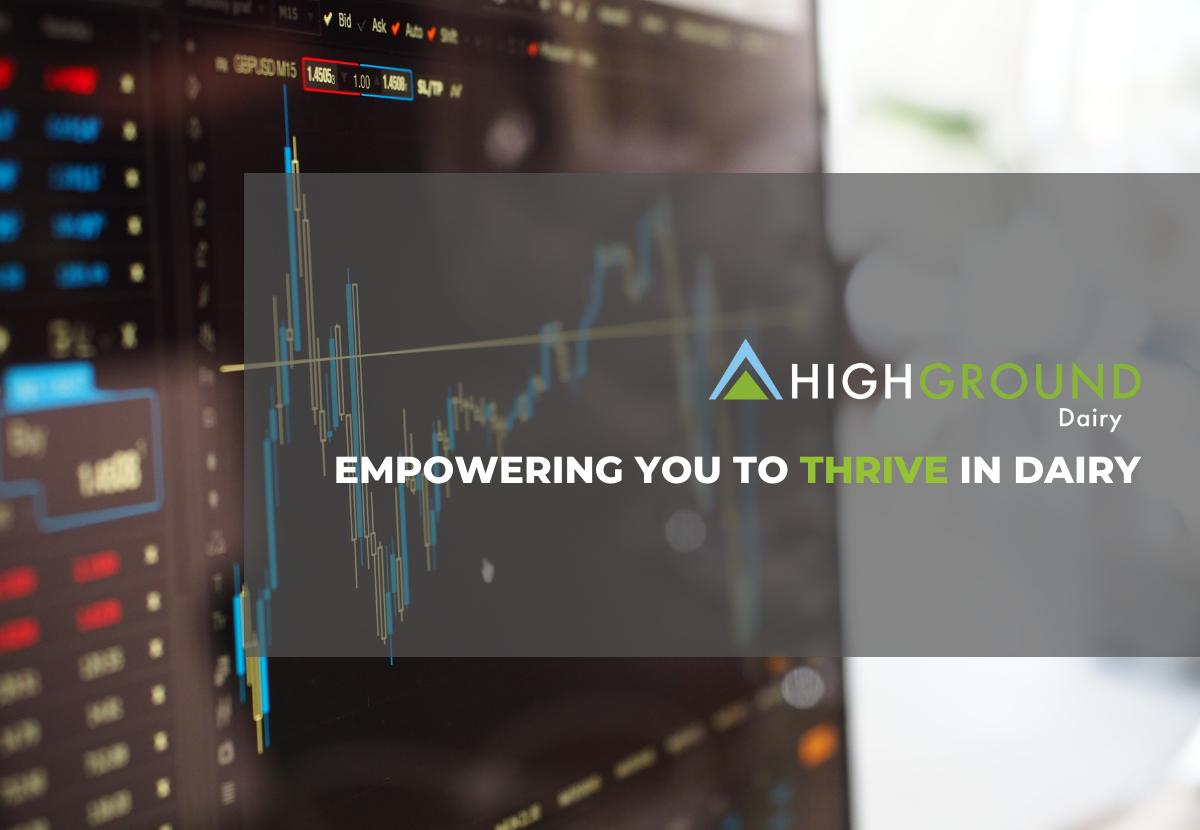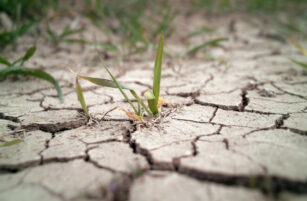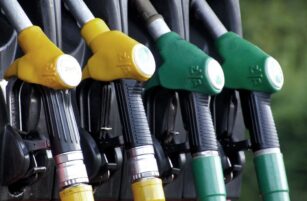Opinions Focus
- New Zealand 22/23 milk collections forecast lower.
- Poor weather and floods have been to blame.
- US milk production was impressively high in August.
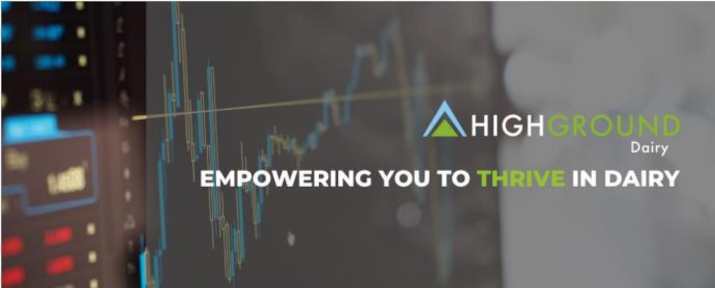
New Zealand
Fonterra recently reduced their 2022/23 milk collections forecast to 1,495 million kg Milk Solids (kgMS), DOWN from their initial estimate of 1,510 million kgMS (-1%). If realized, the current season would reflect an increase of 1.2% from last season. Commenting on the Co-op’s milk collections, Fonterra CEO Miles Hurrell says “We have recently seen a reduction in milk collections with weather conditions experienced in some parts of New Zealand causing a slow start to the season, most recently the floods in the Far North and top part of the South Island.” HighGround’s forecasts are a bit different with milk production currently forecast to remain negative through November. Forecasts within the region are difficult given the drastic flip in weather and pasture conditions observed over the last decade that can flip milk collection 1% in either direction. Given the current atmosphere, it will be difficult for the season to record growth.

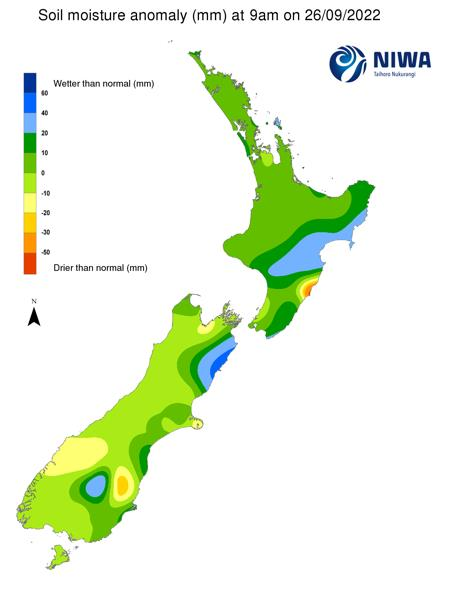
United States
US milk production impressed to the upside in August, coming in larger versus expectations as both additional cows and firm milk per cow growth fueled the gains. The data was bearish, showing additional supply at a time when demand is uncertain as rampant inflation changes consumer spending habits. The 1.6% year over year gain was the largest noted since July 2021 and firmly brings the US back to growth mode following the weakness over much of the past year. In addition to August’s strength, July output was revised 53 million pounds higher, or +0.3%, pushing production UP 0.5% versus the initially reported 0.2% in last month’s data. US milk production impressed to the upside in August, coming in larger versus expectations as both additional cows and firm milk per cow growth fueled the gains. The data was bearish, showing additional supply at a time when demand is uncertain as rampant inflation changes consumer spending habits. The 1.6% year over year gain was the largest noted since July 2021 and firmly brings the US back to growth mode following the weakness over much of the past year.
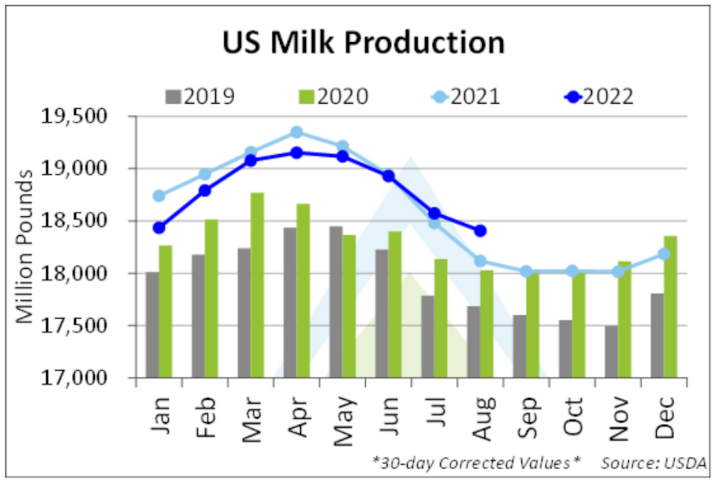
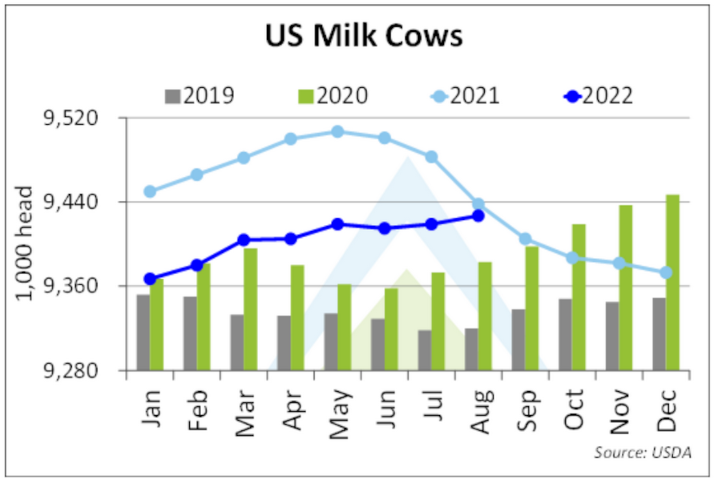
EU27+UK
Dutch milk production expanded by 39,300MT from prior year, the strongest growth by volume observed since February 2020. This was the strongest July milk production figure in four years. Opposite Germany and Italy, the Dutch herd size has increased slightly this year to 1,571,440 head; this is still DOWN 7.2% from just five years ago. While losses have lessened, Germany’s negative July print was still the 14th consecutive month of weakness as farmer margins lean unfavorable and herd sizes continue to trend lower. In the latest survey (released 9/9/22 by Eurostat), Germany’s herd size fell another 74,190 (-1.9% YoY) head into 2022, the eighth consecutive year that they have fallen. Italy’s herd size also dropped substantially (-30,780 head or -1.7% YoY) and is now at the lowest level observed in a decade as of mid-2022. The country, much like nearly all key producing region at present, continues to report difficulty in maintaining farm operations due to high input costs.

For additional dairy market analysis, request a free trial at highgrounddairy.com/free-trial.
